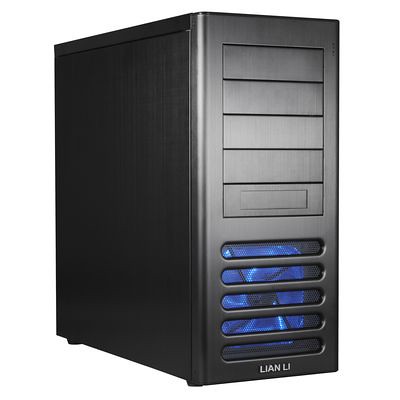Hey. Computer was behaving absolutely fine yesterday, very stable at 4.2ghz. It's not doing so well now.
It posts, can get into bios fine. Gets as far loading grub, then reboots. Shows no inclination to stop doing this. No error beeps or graphical corruption, fans spin up as expected. Nothing is overheating.
So far I've reset to stock, tried optimised and failsafe defaults. Also tried variations on these themes and previous stable settings. Reset cmos repeatedly. Now down to one stick of ram (tried a couple, in different slots). Tried second known good psu, issue remains.
This may be the cold boot issue the gigabyte UD5 is famous for. If so, flashing to a newer bios than F7 may fix things. Alternatively it's unstable, even at stock, and flashing the bios is going to leave me with a brick.
System spec
i7 920
Corsair dominator (two sets)
Gigabyte UD5
PC P&C 860W
8800gt
Ideas much appreciated, I'm a bit bemused by this.
edit: trying to boot from usb, it ignores all keyboard input and freezes after a bit.
It posts, can get into bios fine. Gets as far loading grub, then reboots. Shows no inclination to stop doing this. No error beeps or graphical corruption, fans spin up as expected. Nothing is overheating.
So far I've reset to stock, tried optimised and failsafe defaults. Also tried variations on these themes and previous stable settings. Reset cmos repeatedly. Now down to one stick of ram (tried a couple, in different slots). Tried second known good psu, issue remains.
This may be the cold boot issue the gigabyte UD5 is famous for. If so, flashing to a newer bios than F7 may fix things. Alternatively it's unstable, even at stock, and flashing the bios is going to leave me with a brick.
System spec
i7 920
Corsair dominator (two sets)
Gigabyte UD5
PC P&C 860W
8800gt
Ideas much appreciated, I'm a bit bemused by this.
edit: trying to boot from usb, it ignores all keyboard input and freezes after a bit.
Last edited:



 )
)


 D) copper block.
D) copper block.